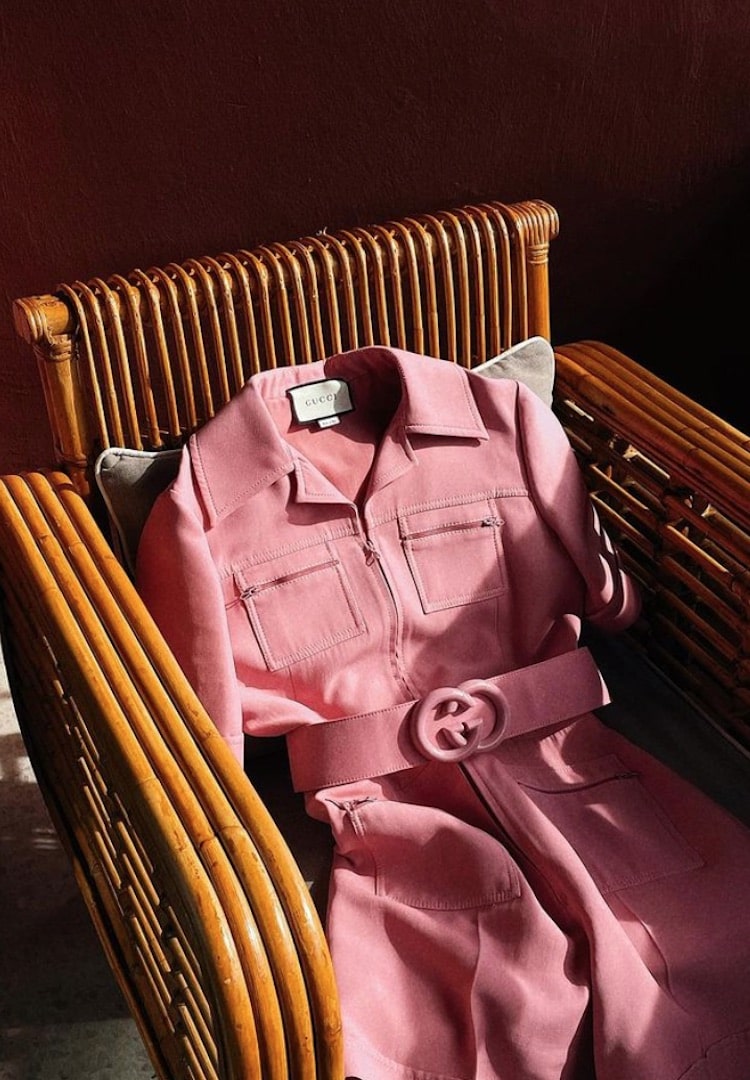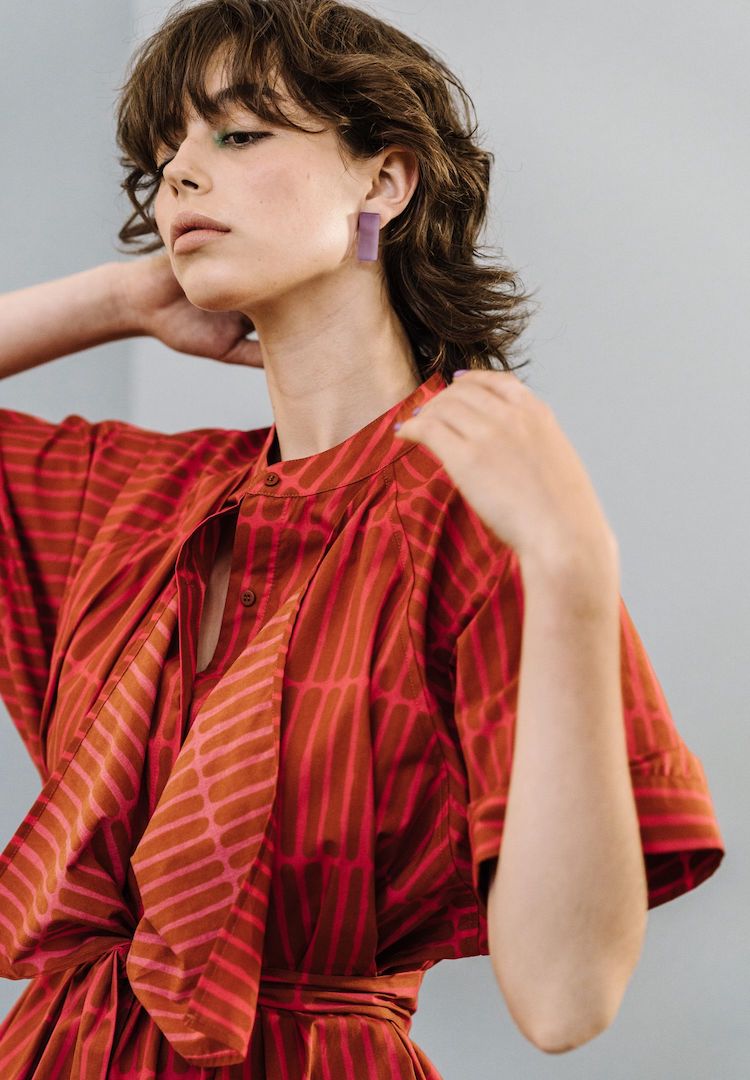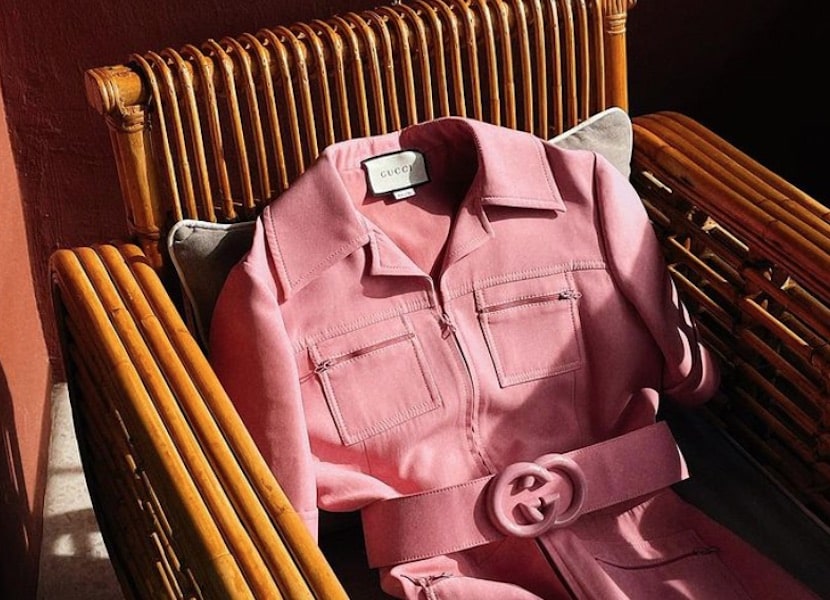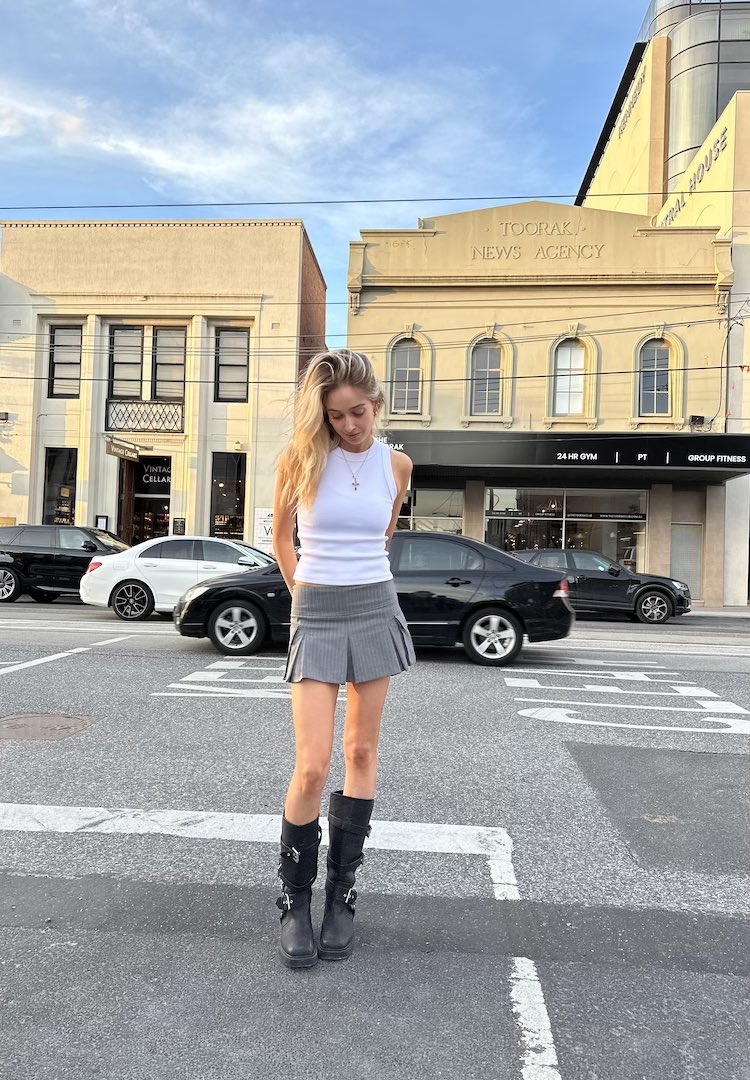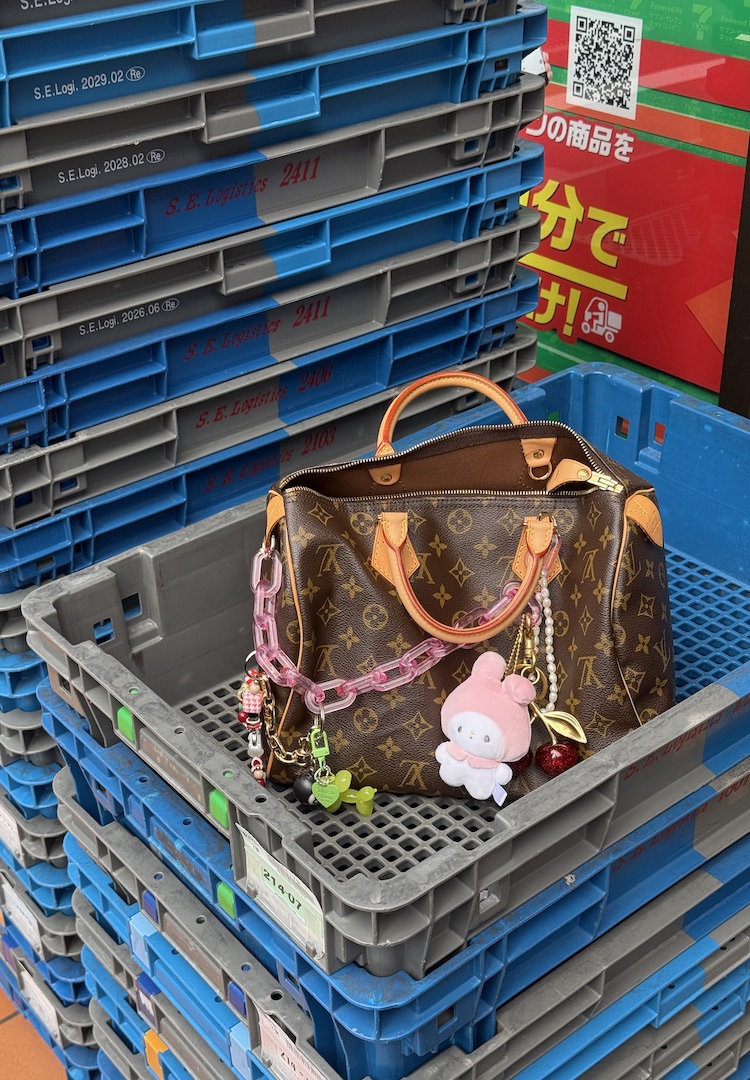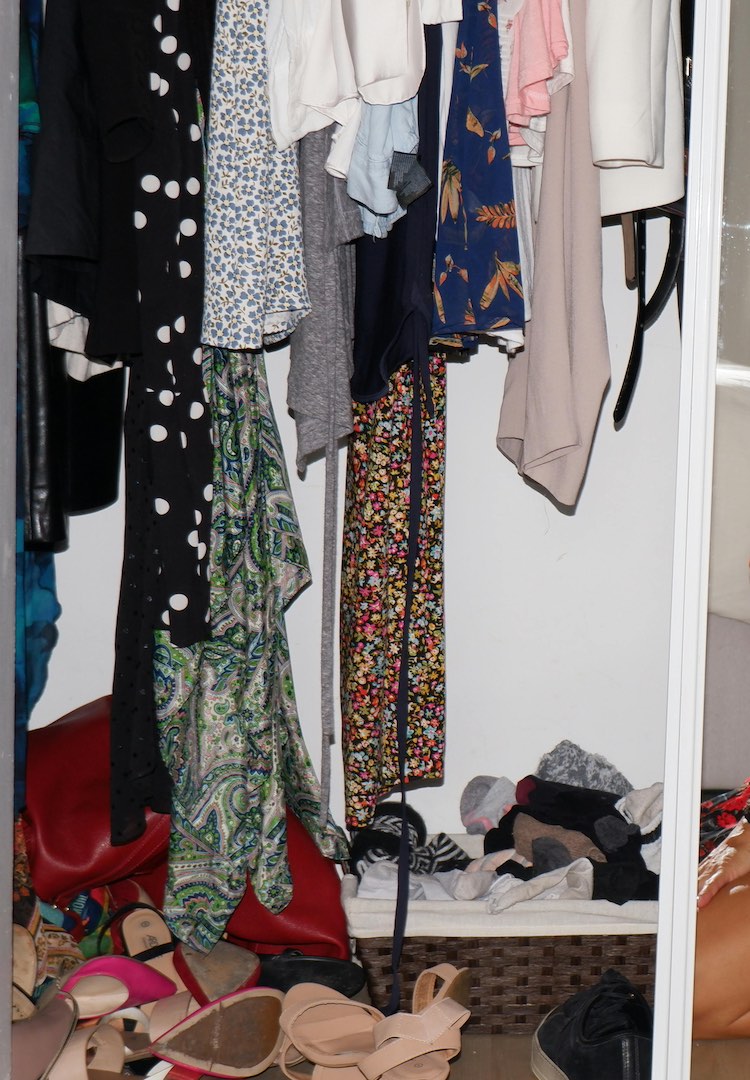The lack of size diverse models in online shopping is costing the planet, here’s why
IMAGE VIA @LINNEKLUND/INSTAGRAM
WORDS BY SARAH NEILL
Unpacking the real cost of online returns.
Don’t you just love it when retailers make it super simple (and guilt-free) to return things? It takes away the risk and means you can try out those things you like, without being stuck with them if they don’t look quite like they did on the website.
Some retailers have made it so easy to return, that many people I know will buy an item in three sizes, fully aware they’ll return at least two. Others I know will buy 10 things and only keep the best of the batch.
For more sustainable style features, head to our Fashion section.
Returns have gone from risk mitigation to at home changing rooms, and this does have some benefits. There’s the convenience factor. You don’t have to head into a store to try things on, and especially in 2021, when lockdowns come and go, shopping in-store isn’t always possible.
Another benefit is that you can try things on in the privacy of your own home, which means more space to turn around and assess the outfit in different (often more flattering) lighting. And perhaps best of all, you can see how items work with the clothing you already own. You can pair pieces with the appropriate underwear, see how it looks with your new knee-high boots, and mix and match with your own accessories.
But the core reason for returns is ‘poor fit’ and given the stats, this isn’t surprising. In a survey of 1200 shoppers, 91 per cent said they’d bought clothing that didn’t fit right, and half expect to return things they buy online, and if you look at the numbers, this survey is pretty representative of reality. 30 to 40 per cent of clothes and shoes are bought online and that percentage is only increasing. It’s projected that returns will soon become a $1 trillion industry issue, every year.
The cost of returns is not just an industry issue though. The extra packaging, handling and shipping all take a significant toll on the environment. Add to that the fact that a third of returns can’t be resold at the same price and that a portion of this is sent to landfill and things are looking pretty bleak.
According to the BBC the equivalent of a rubbish truck full of clothes ends up in landfill every second and landfill waste from returns alone contributes 15 million metric tons of carbon dioxide to the atmosphere.
And then let’s come back to us for a second, the shopper. While shopping for clothes can be enjoyable, more often than not it’s a very inefficient process of trial and error. Some women have the knack for knowing what to pick up and try on, having mastered the art of knowing what suits them, but for most of us, it’s a matter of trying it on to see what fits.
And so when you buy that something online, dream of and obsessively track its arrival, only to find that it looks a little different to the way you imagined it would, it can feel really demoralising. It can feel like it’s our body that doesn’t fit, not the clothes.
Poor fit and high returns are costing us all – shoppers, the industry and the environment. So what’s the solution? If you ask me, I think it’s being able to see what clothes look like on someone who is similar in height, size and shape.
That’s why I created Mys Tyler, a fashion app that does exactly that. Poorly fitting clothing and returns are a huge issue, so our startup is creating an empowering and personalised shopping experience for women. Our platform allows shoppers to discover women who are of a similar size, shape, height and colouring – women who have already done the legwork of trying items on and finding out what fits.
These women will show you how it looks on a body similar to yours, and provide you with two crucial bits of information: how to style it and where to buy it. By helping women find clothing that fits well, we can reduce the rate of returns and – most importantly – minimise the number of returns that end up in landfill.
Yes, eCommerce retailers having a broader diversity of models will certainly help, but brands can’t possibly represent us all. Fashion tech such as 3D avatars of yourself or virtual fitting rooms might provide a solution, but it could be some time until that technology is perfected. And if you ask me, a large portion of fit is knowing how to style things.
Sometimes I’ll have something that is too big, but if you tuck it into the right skirt, or pair it with a belt, it can look great. Often I’ve returned an item or given it to a friend because I could never figure out how to make it look right, only to have them appear the next week looking incredible in it, all because they knew how to style it.
I believe the solution for fit will come from being able to turn to women who look like you, who love shopping, and can help you by doing the discovery for you. So watch this space – it’s going to be something we’ll be tackling for years to come in the world of fashion.
Sarah Neill is the founder and CEO of Mys Tyler, a fashion app that joins stylish women from around the world in a mission to build collective body confidence. You can download it and learn more here.


